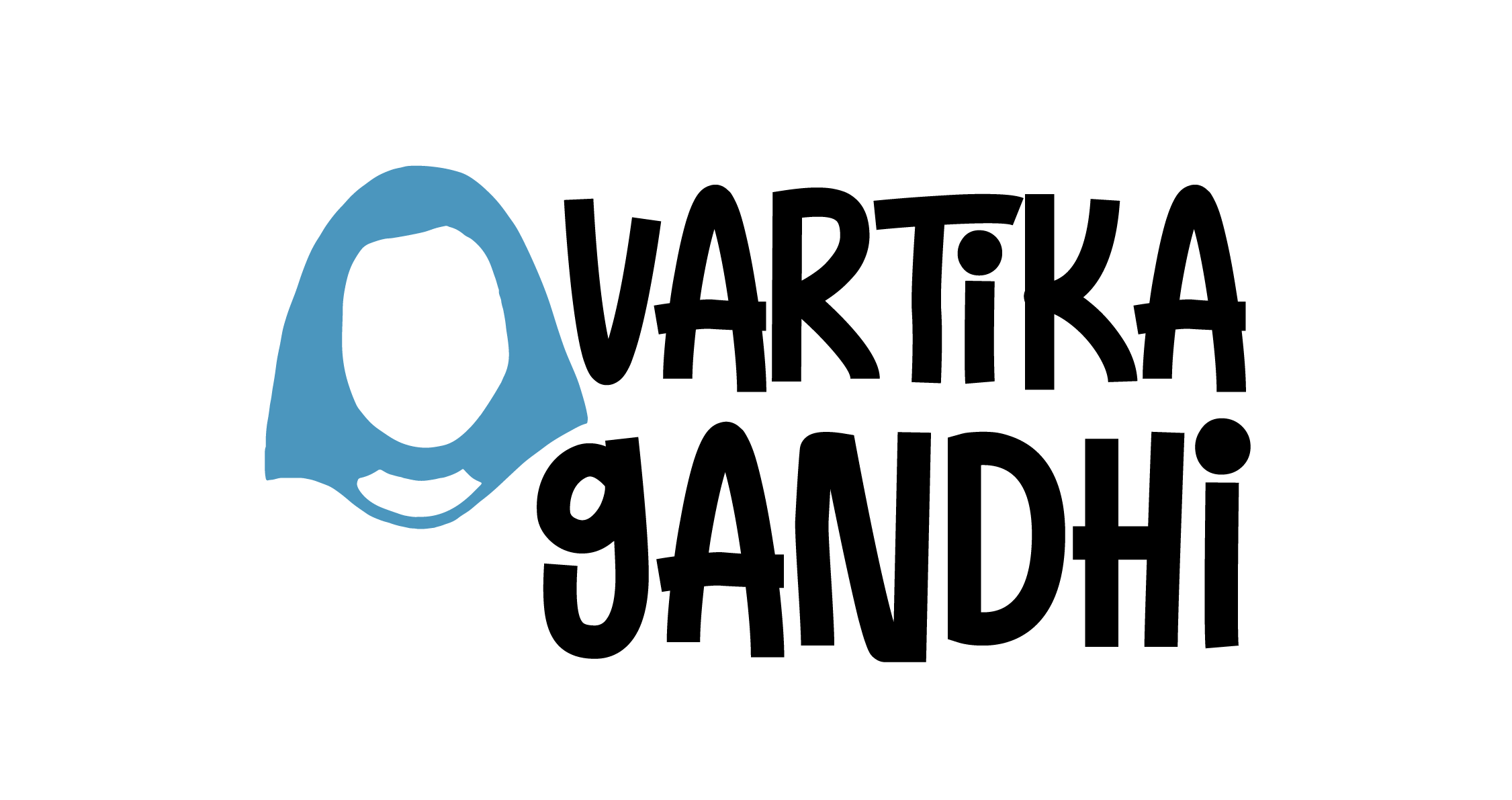
The psychology of color has been studied extensively, and research has shown that certain colors can have a direct impact on our mood and behavior.
What is color psychology?
The study of how colours influence human behaviour and emotions is known as colour psychology. It is predicated on the notion that people can experience a range of emotions and feelings in response to various colours. In order to evoke a given feeling or deliver a particular message, colour psychology is frequently employed in industries like marketing, advertising, and design.
According to colour psychology, some hues may have universal meanings while others may be affected by an individual’s past experiences and cultural associations. For instance, red and blue are frequently connected with peace of mind, trust, and security while red and blue are also associated with passion, energy, and excitement. While green is frequently connected to nature, growth, and harmony, yellow is frequently associated with joy, optimism, and warmth.
Various effects can be produced by combining different colours. For instance, the combination of warm hues like red, orange, and yellow can convey a sense of urgency and energy. Cool hues like purple, blue, and green can induce calmness and relaxation.
The field of colour psychology is complex and frequently inconsistent. Different colours may evoke unique associations and responses in certain people. However, knowing colour psychology can help you set a particular tone or ambience in various conditions.






Cool colors
Cool colors, such as blue, green, and purple, have a calming
and soothing effect on human mood. They typically evoke sensations of stability, tranquilly, and relaxation. According to research, being around cool colours can improve sleep quality, lessen stress levels, and lower heart rates.
In places like bedrooms, spas, and hospitals where relaxation is desired, cool colours are frequently employed.
Warm colors
Warm colors, such as red, orange, and yellow, are known for their stimulating and energizing effects on human mood. They have the power to inspire sentiments of joy, passion, and excitement. Warm colours can raise heart rate, increase appetite, and possibly enhance memory, according to research.
In places like dining halls, gyms, and classrooms where energy and motion are important, warm colours are often used.
Color Psychology: The Color White
- purity
- innocence
- cleanliness
- sense of space
- neutrality
- mourning (in some cultures/societies)
Color Psychology: The Color Black
- authority
- power
- strength
- evil
- intelligence
- thinning / slimming
- death or mourning
Color Psychology: The Color Grey
- neutral
- timeless
- practical
Color Psychology: The Color Red
- love
- romance
- gentle
- warmth
- comfort
- energy
- excitement
- intensity
- life
- blood
Color Psychology: The Color Green
- natural
- cool
- growth
- money
- health
- envy
- tranquility
- harmony
- calmness
- fertility
Color Psychology: The Color Blue
- calmness
- serenity
- cold
- uncaring
- wisdom
- loyalty
- truth
- focused
- un-appetizing
Color Psychology: The Color Orange
- happy
- energetic
- excitement
- enthusiasm
- warmth
- wealth prosperity
- sophistication
- change
- stimulation
Color Psychology: The Color Yellow
- happiness
- laughter
- cheery
- warmth
- optimism
- hunger
- intensity
- frustration
- anger
- attention-getting
Color Psychology: The Color Purple
- royalty
- wealth
- sophistication
- wisdom
- exotic
- spiritual
- prosperity
- respect
- mystery
Color Psychology: The Color Brown
- reliability
- stability
- friendship
- sadness
- warmth
- comfort
- security
- natural
- organic
Tips for Using Color Psychology in Your Home
Now that you understand the impact of color on mood, here are some tips for using color psychology to create the atmosphere you want in your home:
Consider the function of the space: The mood you want to create in a space will depend on its function. For example, a bedroom should be calming and relaxing, while a home office should be energizing and inspiring.
Choose a dominant color: Choose a dominant color that will set the mood for the space. For example, if you want to create a calming bedroom, choose a painting with predominantly blue or green tones.
Experiment with different styles: Don’t be afraid to experiment with different styles of painting to find the one that resonates with you and creates the desired mood in your space.
The colors of the walls and the art on them can have a significant impact on your emotional response to a space. By understanding the psychology of color and using it strategically in your home, you can create the atmosphere you want and enhance your mood and well-being. So next time you’re choosing a painting for your home, consider the mood you want to create and use color psychology to your advantage.




